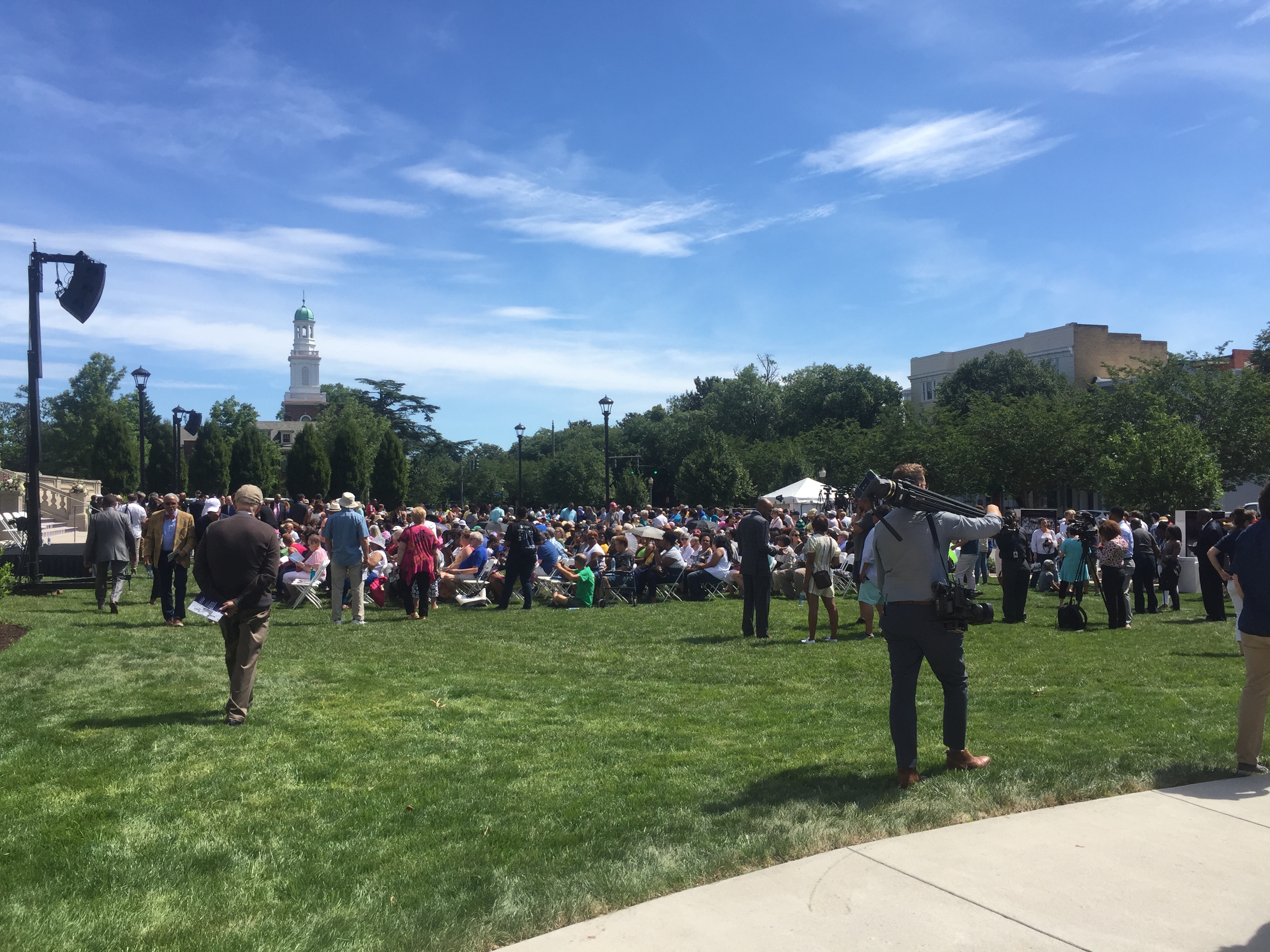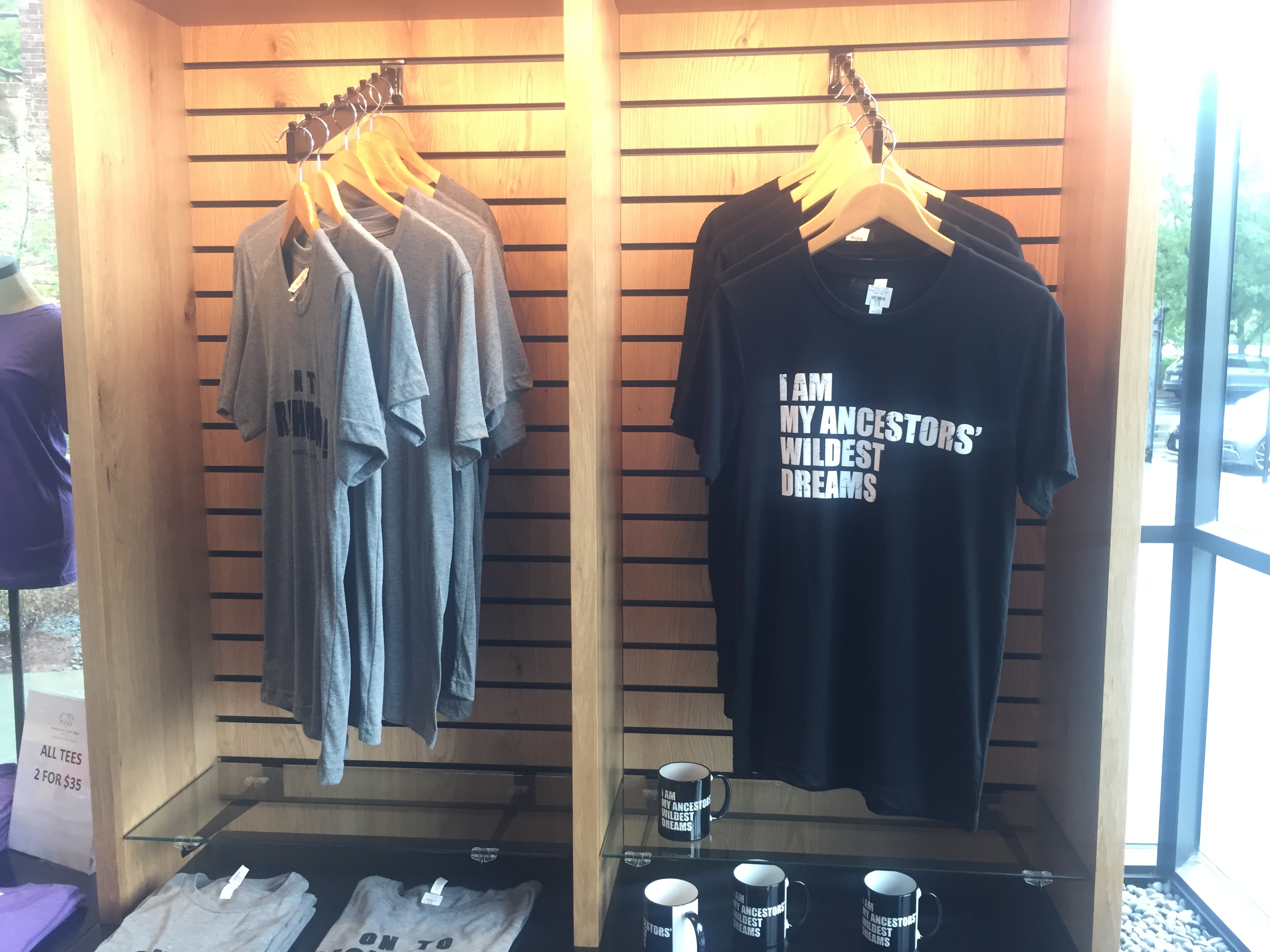by Nathan Burns
Nathan Burns is a junior from Newtown, Pennsylvania double-majoring in French and Leadership Studies and minoring in English. This summer of 2019 marks Nathan’s first time working with the Race & Racism Project. On campus, Nathan is also a writing consultant and a member of the dining services student advisory committee.
In my research this summer documenting racism and segregation in dining services on campus, I wish I had the opportunity to focus more on racial dynamics between Food Service employees, administrators, and students. I find this subtopic of my larger research project and exhibit “Dining Discrimination at the University of Richmond” especially important since a majority of Food Service employees are Black and because the University of Richmond has been known to hire employees of color for these jobs as long as there have been dining halls on campus. Unfortunately, I was unable to include many items relating to Food Service employees in my final project exhibit because the exhibit focused instead on narratives of student experiences with segregation and their relationships with dining services. That said, I would like to dedicate this blog post to a few of the articles and correspondences I found in my research that indicate Food Service employees’ fight to be considered as professionals in their line of work. The dining hall workers deserve a place in this narrative of racism in dining services, and their voices should not go unheard in this discussion of dining hall discrimination.


